This story originally appeared in i-D’s The Homegrown Issue, no. 355, Spring 2019.
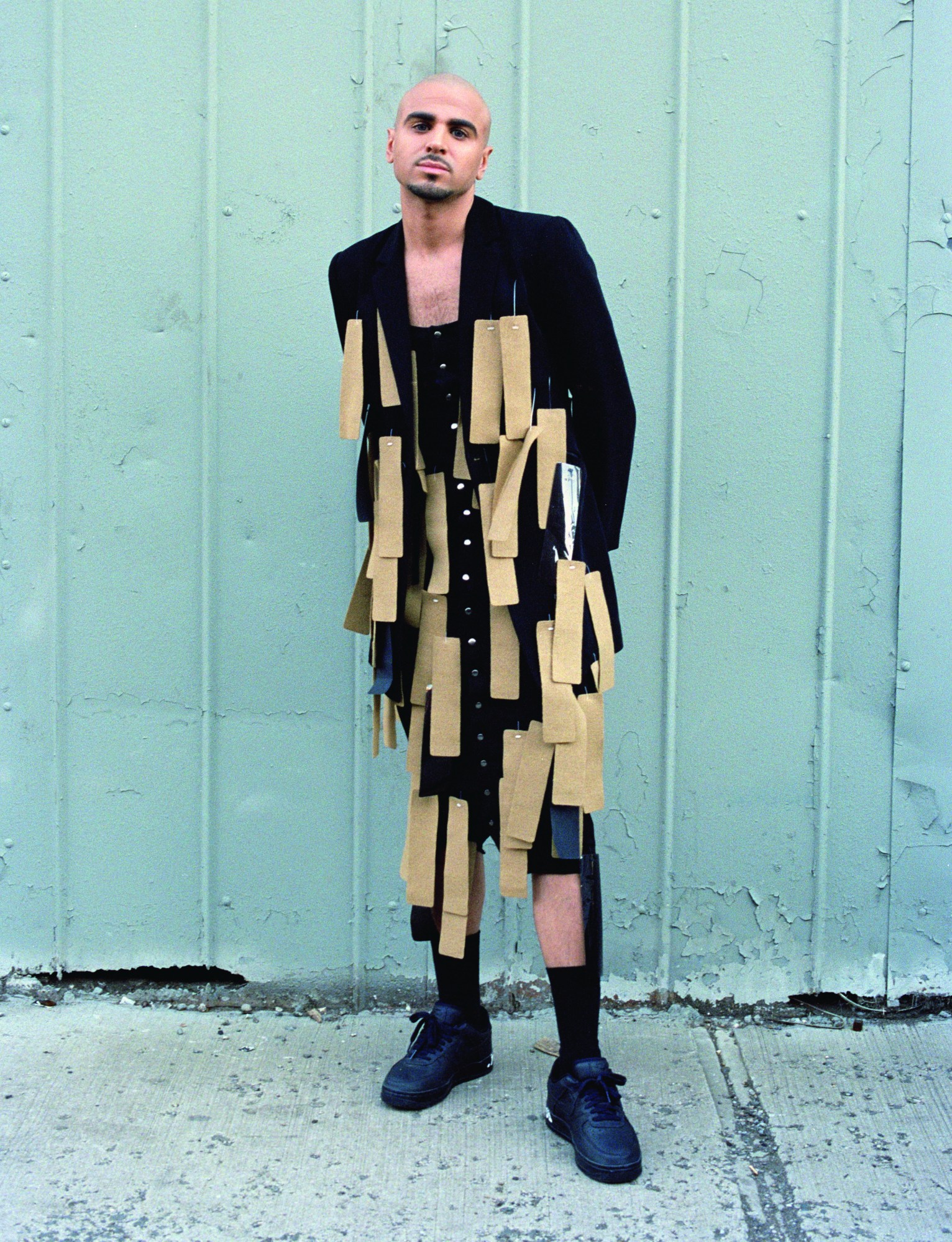
Raul Lopez
Raul Lopez is not afraid to say that the most exciting thing happening in fashion now is in fact, his gender-defying brand LUAR. “I never really thought of it as playing with gender norms. I just thought it was normal!” he says. A native New Yorker, based in Williamsburg, whose style is anything but low-key, Raul seeks inspiration in the city around him. He first started making his own garments at the age of 12 for school dances, and later designed with club kids in mind. Raul was a founding member of cult streetwear brand Hood By Air, before launching his namesake label (formerly known as “Luar Zepol”), which speaks to the revival of New York’s underground fashion scene. “I’m a couple of seasons in and it’s like giving birth to a child,” Raul says. LUAR designs for the cool kid, of any and every gender, and his confident silhouettes have attracted celebrity fans – from Rihanna to Kendrick Lamar and Solange – but also earned a nomination to the 2018 Vogue Fashion Fund. Raul’s goals for 2019? “Sit back and enjoy the ride.” Text Nicole DeMarco.
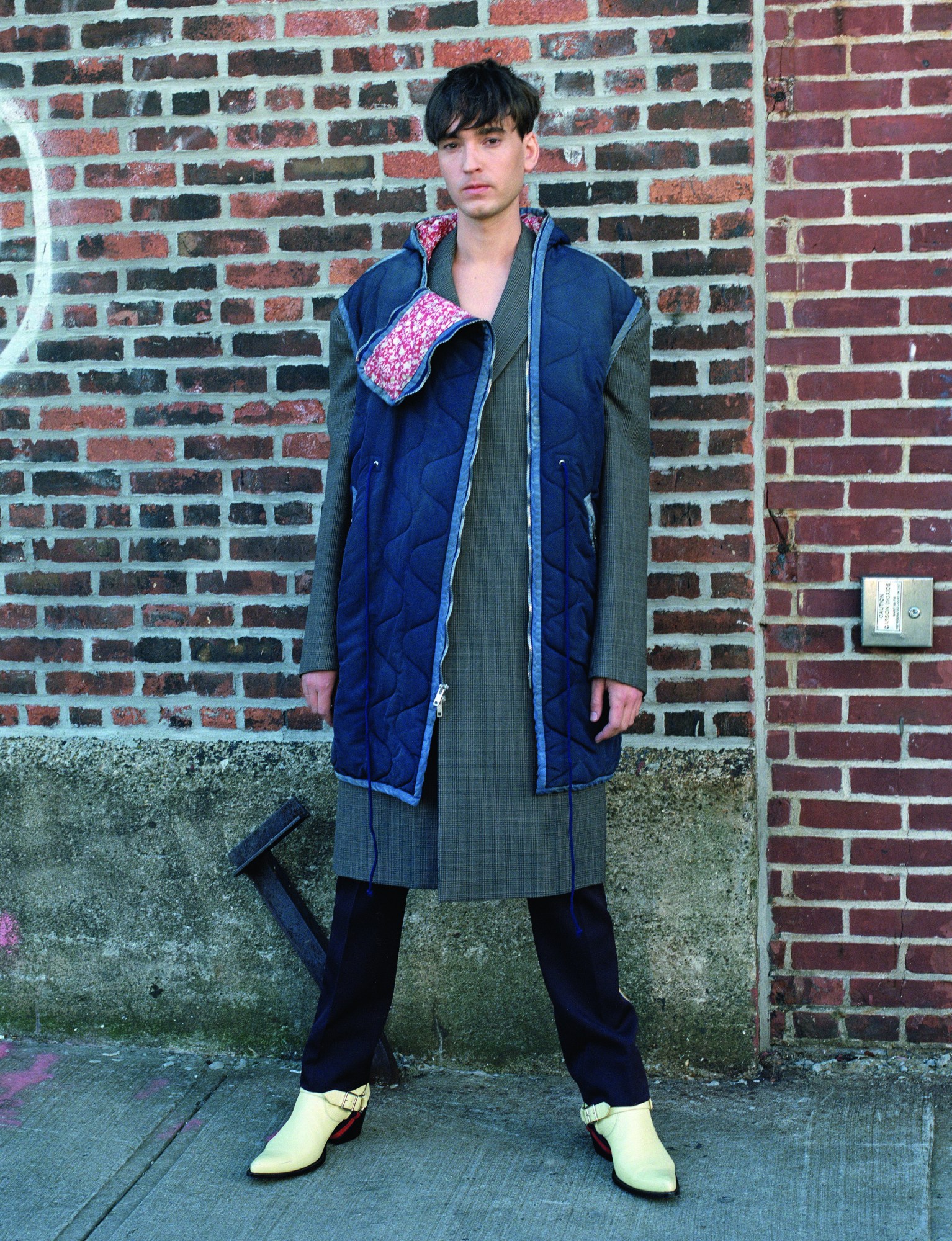
Matthew Adams Dolan
Born in Massachusetts but educated in Sydney, Japan, Switzerland and New York, where he is now based, Matthew Adams Dolan brings an intercontinental lens to American design. Through his burgeoning eponymous label he explores not just how America sees itself, but how the world sees America. “I’m interested in doing something that changes how people perceive American clothes. I think American fashion has always been quite positive and democratic. At this moment of tension, it’s something that’s good to celebrate.” After graduating, Matthew wasn’t dead set on starting his own label, he knew it would be a huge challenge, but a groundswell of momentum gave him the push he needed. “There was this atmosphere in New York at the time that was really supporting younger designers in the way that hadn’t happened for a while. It felt like the right time to do it, an opportunity to say something.” Good thing he did – Matthew quickly gained traction. Rihanna has been a fan since Dolan graduated from Parsons five years ago, and wore an indigo denim piece of his on the cover of i-D back in 2015, helping to propel the young designer to global attention. But the reason why the industry has taken note of his work is down to his capacity to tailor like nobody’s business while playing with utilitarianism, his clever exploration of proportion and interweaving of preppy, popculture and streetwear. All of that is resulting in one of the most original and exciting propositions for American fashion we’ve seen in a long time. Text Clem De Pressigny.
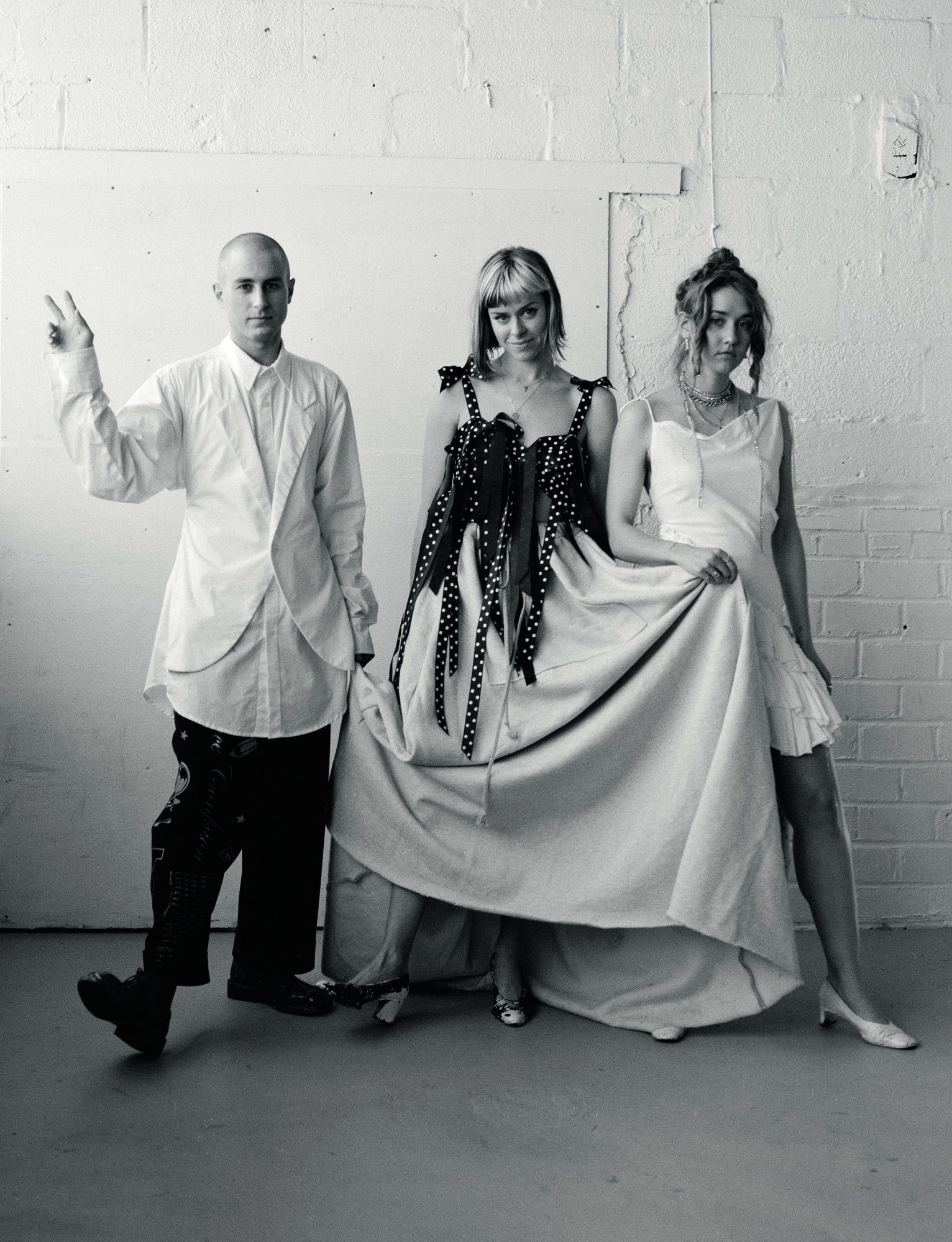
All clothing Vaquera.
Vaquera
More than just a group of designers or a traditional label, Vaquera are fashion disruptors. From their name (it means “cowgirl” in Spanish, because they want to “round everyone up and start a movement”), to their shows, the group of anti-fashion upstarts – Patric DiCaprio, Bryn Taubensee and Claire Sully – are here to fuck shit up. They describe their aesthetic as “confusing, emotional and satirical” and they count the movie Return to Oz as one of their primary influences, something that shines through in their shows, which often take place in bizarre locations and play with our expectations of beauty, proportion and costume. They wouldn’t look out of place in Princess Mombi’s castle. The four designers came together in 2013 as a response to a feeling of boredom with the New York fashion scene, and they’ve been force-feeding their own brand of diversity to the industry ever since. “Seeing the same things on the runways over and over again is boring,” Vaquera tell us. “But the rules are changing in fashion today, and that’s exciting. The biggest mistake an aspiring fashion designer can make while launching their own brand is pandering to the ever-changing fashion market and not being true to yourself.” The phrase ‘be yourself, everyone else is taken’ is as cliché as it comes, but Vaquera are out here proving it’s also pretty sound life advice, so who are we to judge? Text Roisin Lanigan.
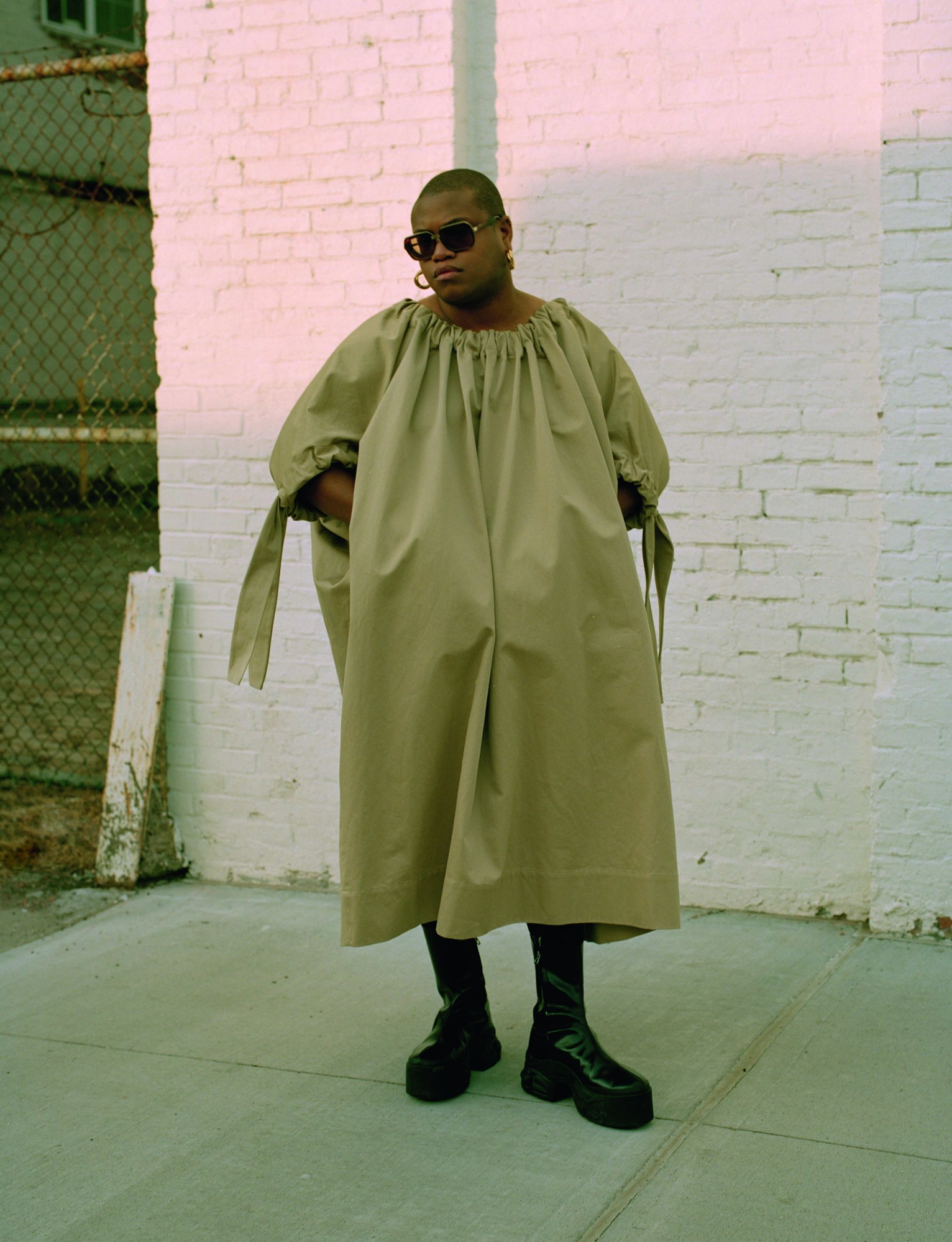
Matt Holmes
“I don’t know what I would tell me younger self, because I feel like if I told myself anything different, I wouldn’t be where I’m at now,” laughs Matt Holmes, the New York-based stylist and Fashion Editor at Large for GARAGE Magazine. “I don’t want to mess with time and space like that.” Messing with time and space, however, is exactly what Matt, who was a photographer before heeding fashion’s call, does in his work. Matt’s work is notable for being closer to portraiture than a conventional fashion story. “I like to view fashion work as a portrait of the model, because I’m very into the politics of casting.” If he had to put a manicured finger on the magic of Matt, however, he muses “I think one thing that I’ve been told, that people observe and they like about my work, is that I definitely have my own taste,” which makes him laugh some more. “I don’t compromise it, but at the same time, it doesn’t stop me from learning and growing. That’s really important for people to remember, especially creatives; to have their own taste, but to be able to digest and understand other people’s as well. That’s my advice.” Text Jack Sunnucks
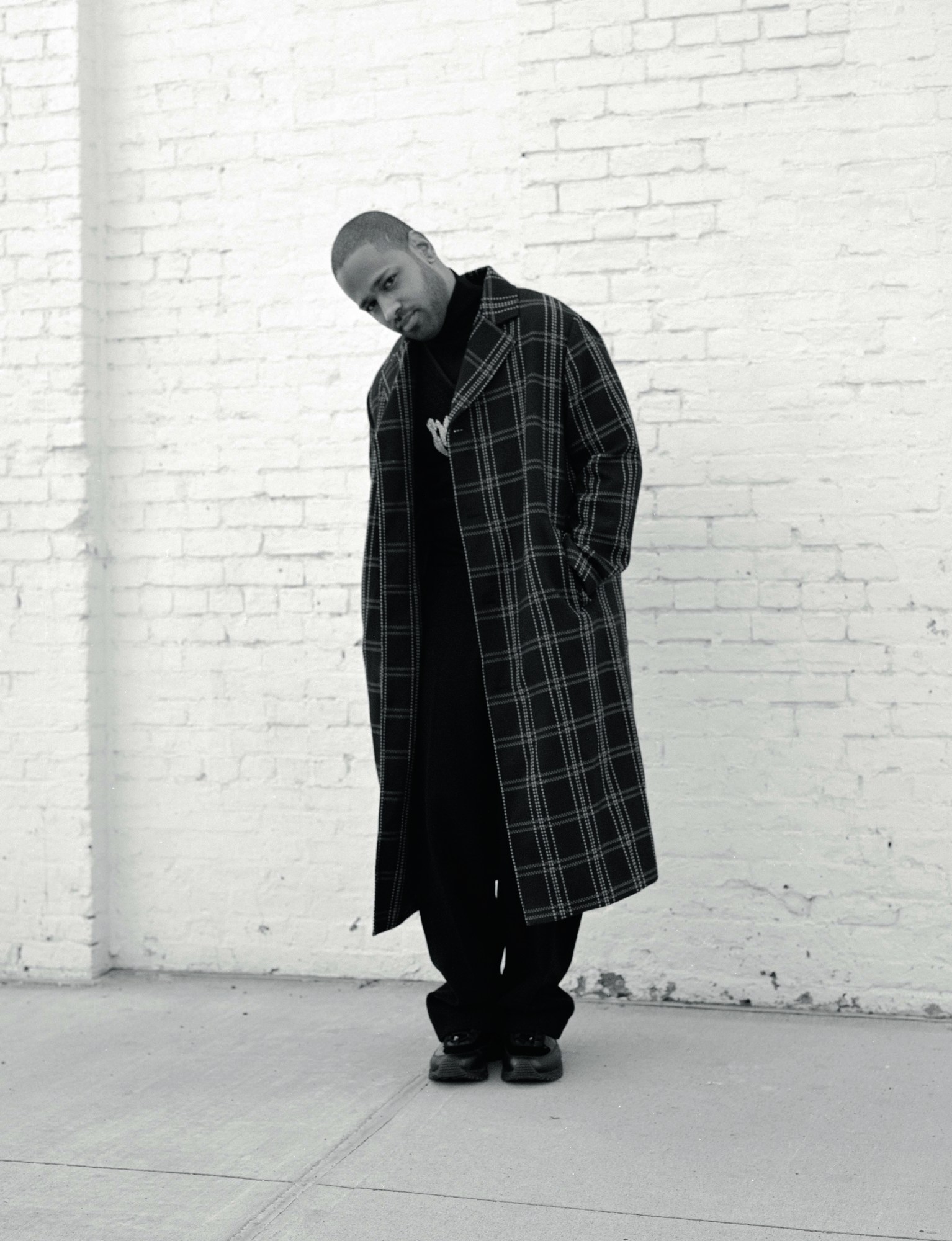
Joshua Woods
He might have an enviable portfolio filled with acclaimed work, but Harlem-based photographer Joshua Woods is remaining grounded. Whether it’s the treasured polaroid of him and his incarcerated nephew he keeps in his studio as a reminder to work hard or letting criticisms sit with him until, eventually, the notes worth anything show up back in his work. From shooting for W Magazine to t he New Yorker, Joshua’s photography can’t be missed. He even shot the elusive Michèle Lamy and her Bengalese cats after meeting them at a Thanksgiving dinner party at Michèle and Rick Owens’ house in Paris. These aren’t name drops, but rather an extraordinary example of his capacity to cultivate relationships through serendipitous connections. Woods hopes that his legacy will do the neighbourhood of Harlem justice as it’s produced an incredible roster of photographers. “I see myself leaving a legacy behind for the next generation of Harlem photographers like they did for me.” And to all the aspiring photographers with questions out there, his DMs are open – “Holla at ya boy.” Text Diane Paik.
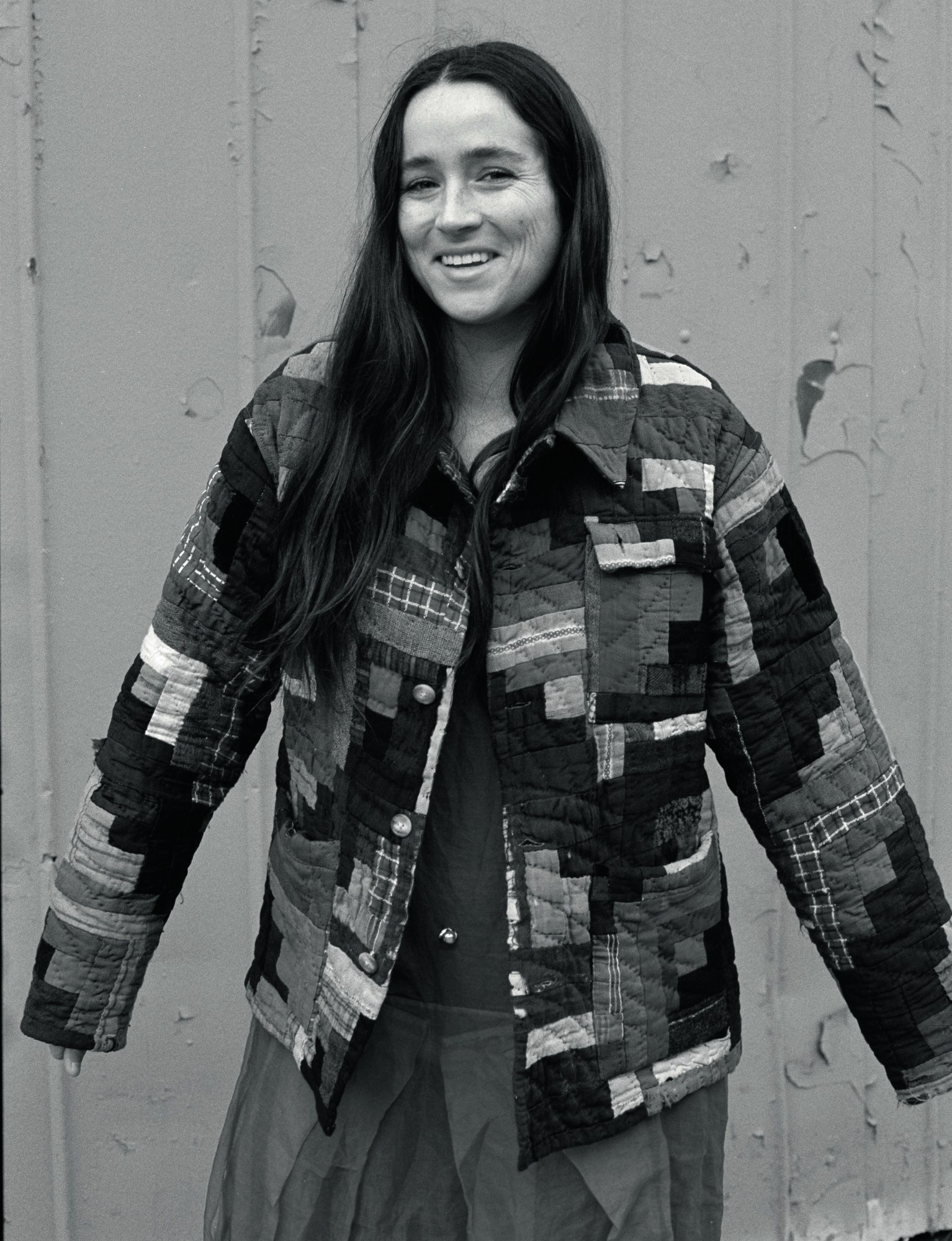
Emily Bode
Amidst the competitive modernity of New York fashion, Bode is a menswear label beloved for its use of repurposed fabrics, classic shapes, and crafty techniques such as quilting. But what puts it amongst the most modern of modern brands is it’s one of the few to tackle sustainability in a relevant and cool way. It’s the brainchild of Emily Adams Bode, who grew up in a family of fervent thrifters and antiquers. “I continue working with antique linens, drawnwork, lace and embroideries,” she says of her ongoing inspiration, from her studio in Chinatown. “It’s about the storytelling we do during our presentation and the fabrics that we use. I like when fabrics come with an ephemeral thing, like a note, or something pinned into it that says ‘This was my Grandmother’s quilt’.” These folksy underpinnings have propelled the label to cult status over the last couple of years, as have her storybook-style, intimate presentations. “There’s an emotive quality to it. I mean, you have something that was made for someone. It was made with intent,” she says of the materials she sources all over the world, from France, to Japan, to India. She might as well be talking about her own work, which even hanging up feels personal. Text Jack Sunnucks.
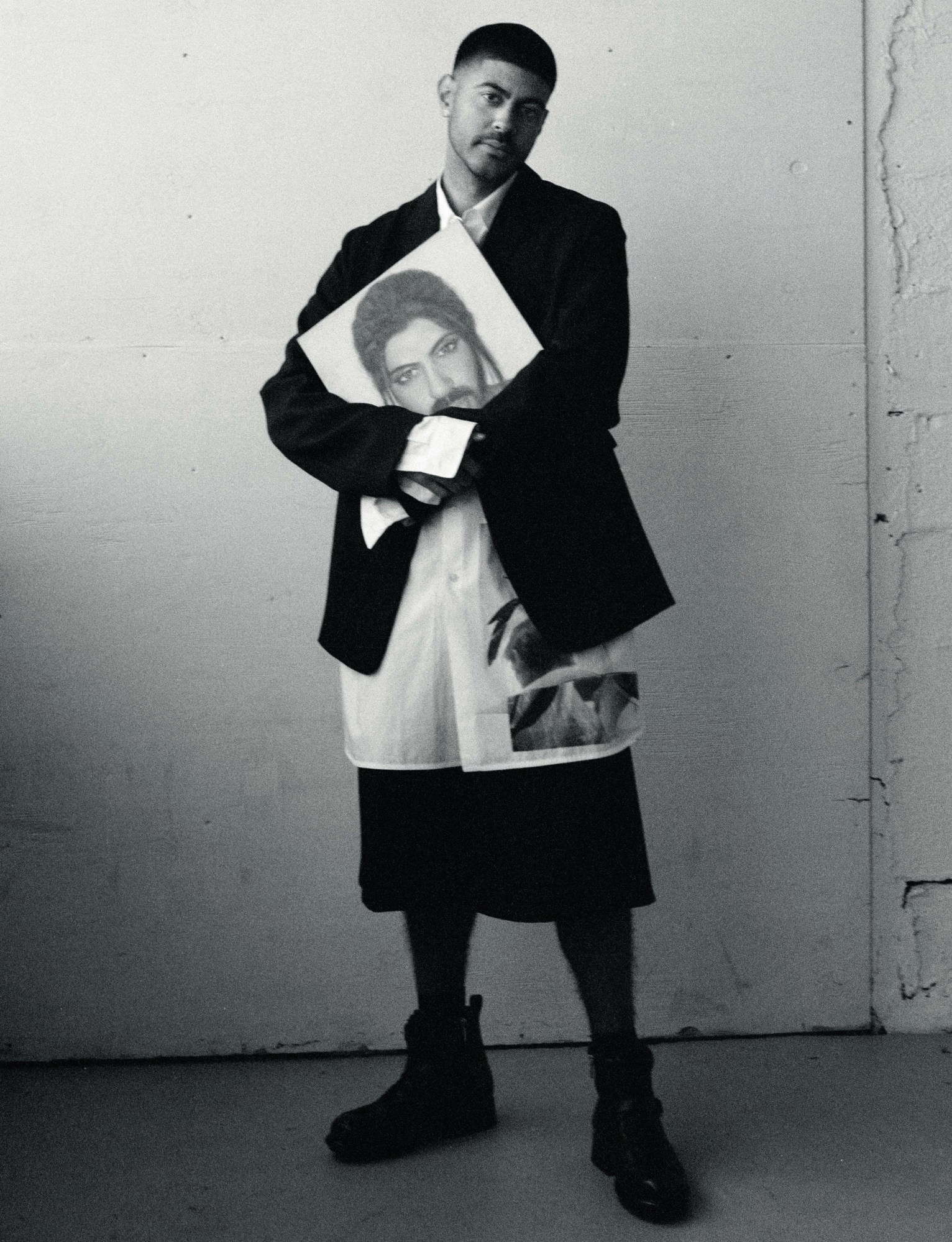
Nick Sethi
Khichdi is a traditional Indian dish of rice, lentils, and spices, and while it’s eaten throughout India, the recipe varies from region to region, yet it remains a culinary staple of the country. It’s also the name of photographer Nick Sethi’s first major monograph with Dashwood Books, a collection of over 800 photos, in which he captures the colorful chaos of India while exploring his heritage. “My earliest memory of consciously making pictures was going on tour with my friend’s bands and not being able to play any instruments well, so I started taking photos to be involved,” Nick explains. “I think this mentality stuck with me, and I still use photography as an excuse to travel and explore and learn from people and situations.” He’s spun this approach out into more recent projects, particularly in Nick’s work with Louis Vuitton. He shot a series of lookbooks and editorials for the luxury fashion house’s men’s division, helmed by Virgil Abloh, leading up to their autumn/winter 19 show. “Virgil and his team are amazing and it’s really a trip working with so many talented friends from all over the world. It really feels like family in there, and because of that everyone is so nice and works hard,” Nick says. Just as Nick captures the dynamism of India, he brings this intensity to his fashion work – solidifying the fact that he too, will become a staple. Text Nicole DeMarco.
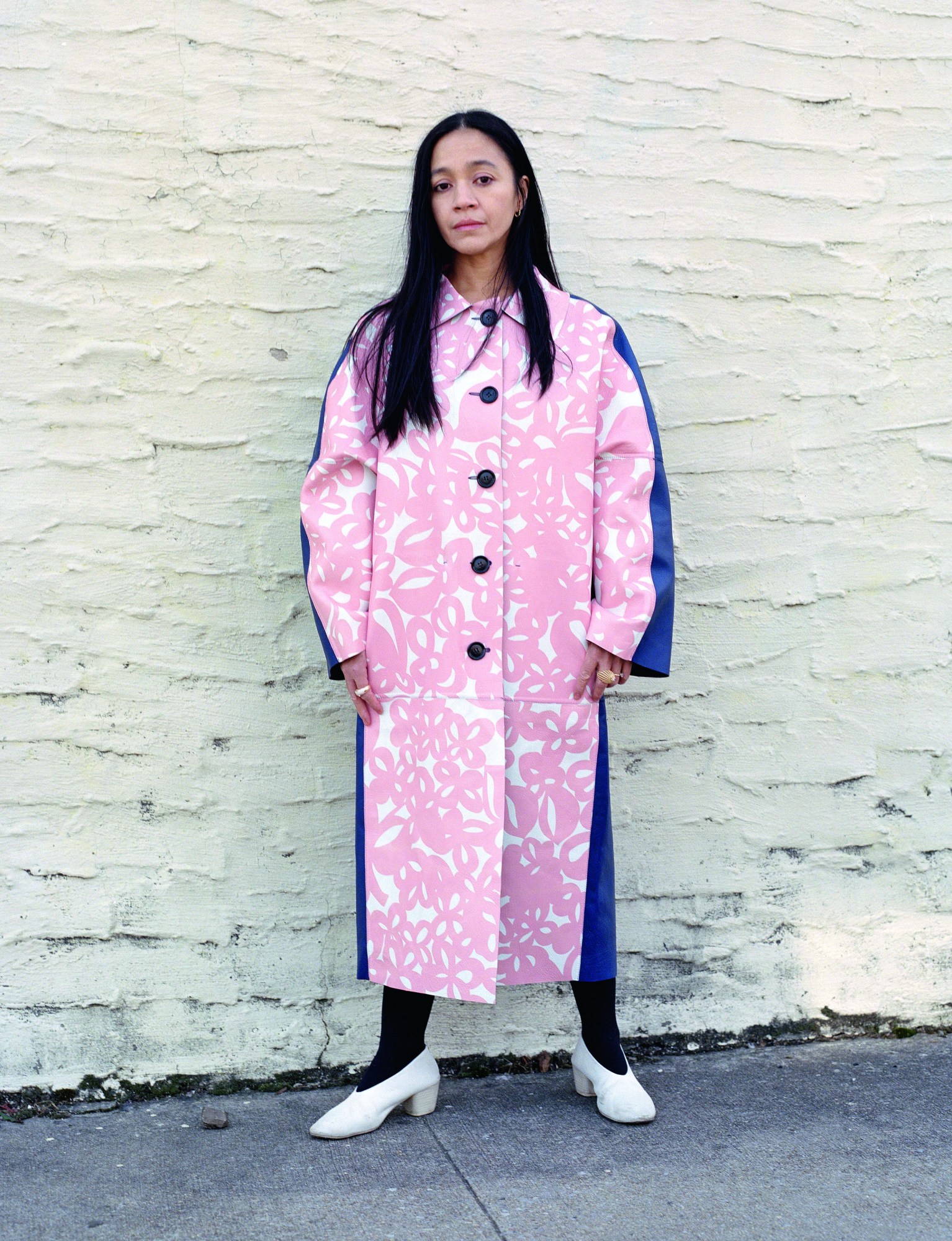
Avena Gallagher
Avena Gallagher moved to New York as a teenager, in the 90s, from her hometown in Seattle, and fell into styling in between waitressing work. She went on to assist Camilla Nickerson before striking out on her, working with some of the industry’s most talented names. Avena collaborates with Eckhaus Latta, who she’s a total fangirl of, and has worked closely with Telfar for almost 15 years, as well as styling for all your favourite mags. Over the years Avena has learned some valuable lessons, but the best has been to trust herself. “I’ve learned to be loyal to my own preferences and my own opinions. I used to try to have other ones, to fit in or to find job stability, but trying to do that ends in failure. I learned that my greatest tool in work is my involuntary reaction to things. If I like or hate something it’s kind of out of my control, it just happens and that’s what I follow.” It took Avena a while to nail her process, though being on call or working 24 hours a day for almost four years while assisting helped. “I would say that if one really wants to be a stylist, one has to learn and practice a working process. The best way to learn that is to work. Assist, because by assisting, you do the process over and over again, you collect contacts and all kinds of sources to get all kinds of things. The paradox is that knowing how to do styling jobs is completely separate from having a special way of understanding clothing and knowing how to use clothing to express something you’re trying to express. That part is completely indefinable.” Text Clementine De Pressigny.
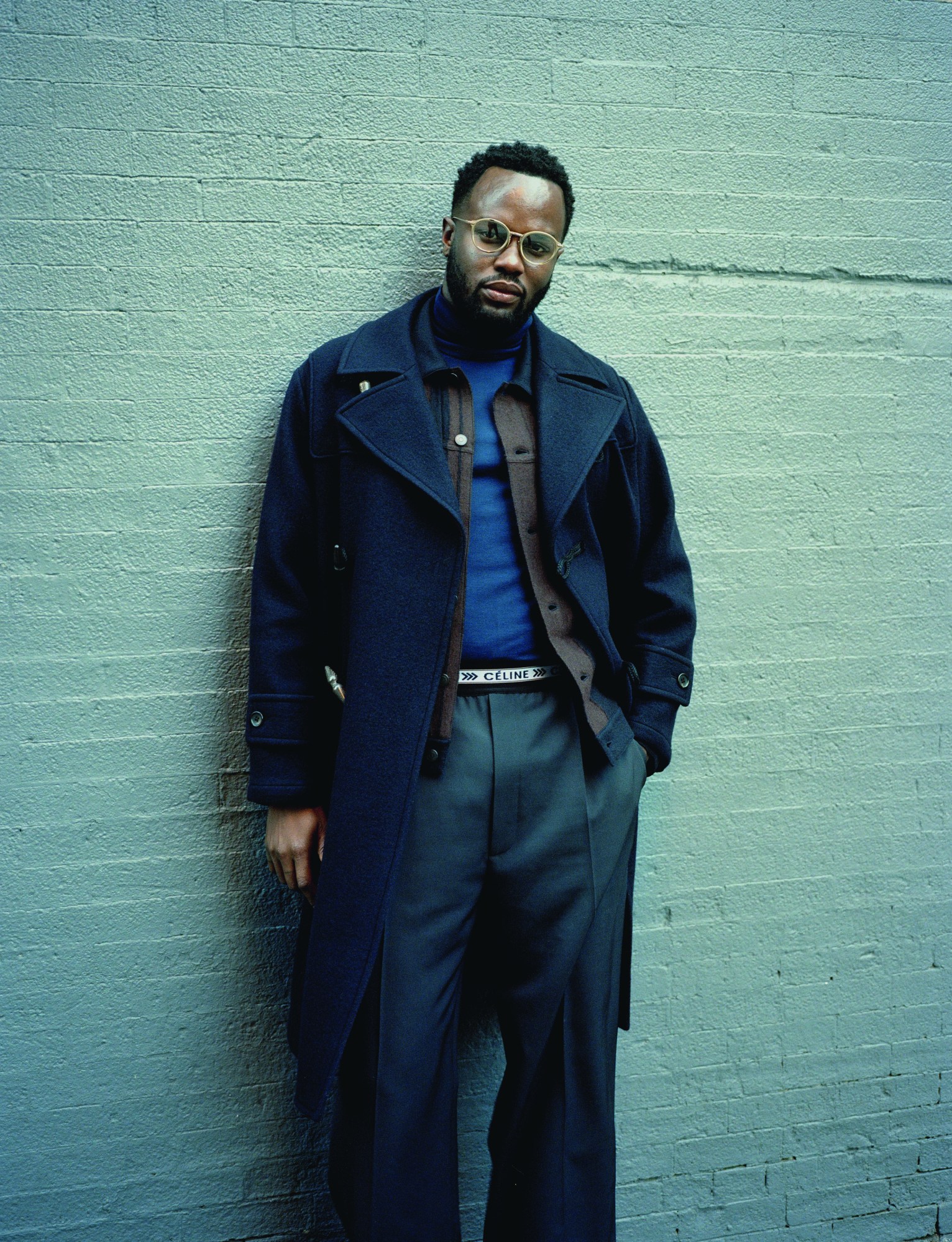
Jawara
Jawara is one of the most exciting and innovative hair stylists working right now. Raised in Jamaica, then relocating to New York, and now living in London, he started hanging around at his aunt’s salon and “fell in love with hair”. He spent his childhood experimenting on his sister, honing his technique, and developing what he describes as his “unconventional approach” to styling, and an interest in the way “hair, texture, and culture” relate to each other. “I grew up in Jamaica in the 90s during the Dancehall era it was absolutely amazing,” he explains. “I lived in a community of people who believed in working hard and celebrating just as hard, and beauty and fashion was everywhere.” It’s this that has made Jawara a leading creative force, part of a movement working to increase visibility and representation for POC in the fashion industry. His wizardry with a pair of scissors has led to him working with everyone from Solange to Cardi B, Sam McKnight to Guido, Paolo Roversi to Juergen Teller. His work with Solange has been especially notable. “I love being able to create with my friends,” he says, “Working with Solange Knowles has been amazing for me.” Jawara’s ability to sculpt hair into magnificent abstract shapes, to play with movement and volume, is finally opening the industry’s eyes to the possibilities and potentials of black hair. Text Felix Petty
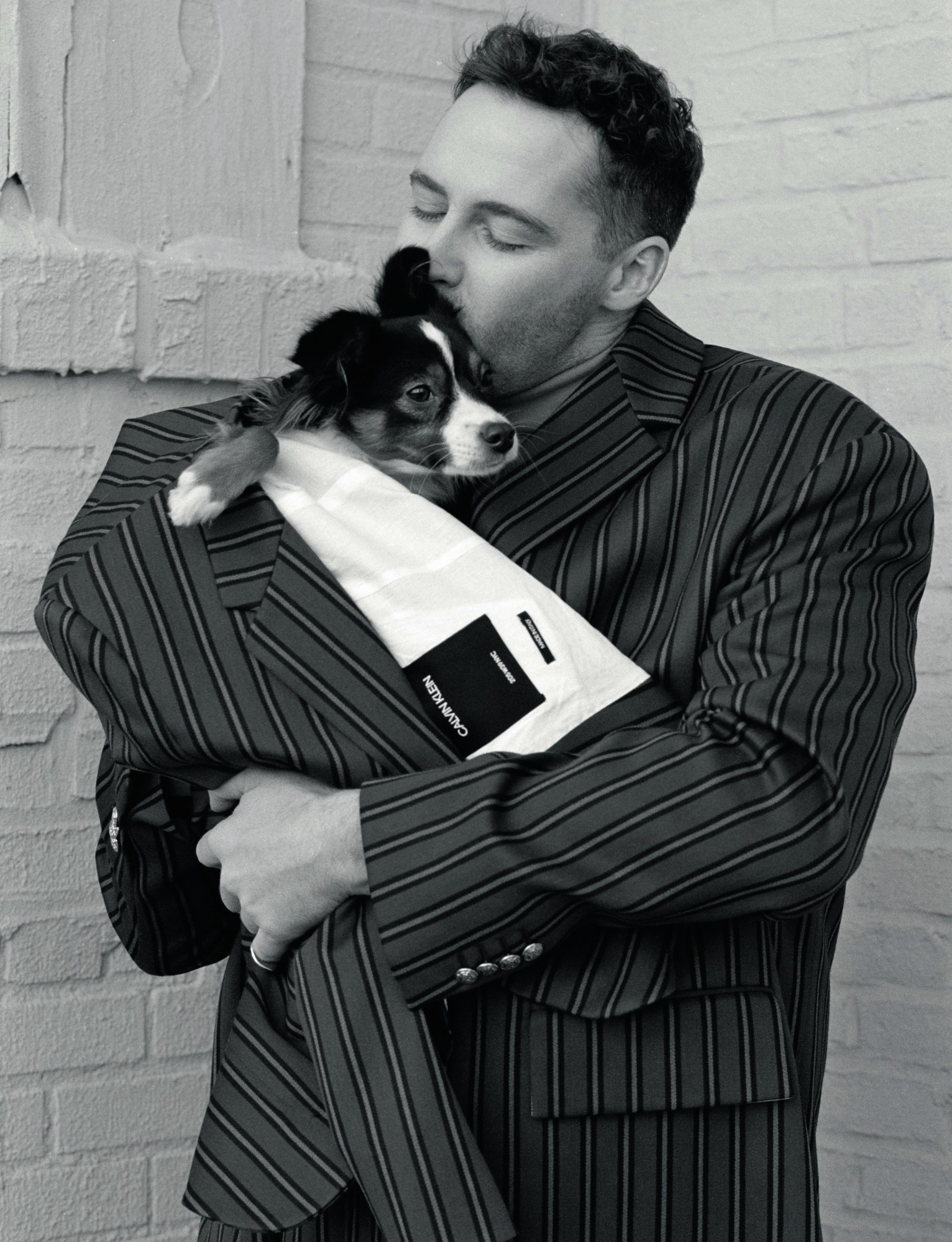
Chad Moore
“The only way to find your own voice as a photographer is to constantly take photos!”says Chad Moore, offering his advice to young photographers. It’s advice he’s taken himself. The New York-based photographer takes pictures everyday so “there’s rarely a defined beginning and never an end,” but when those photos come together for a book or an exhibition, it’s always a joyous occasion. Looking through Chad’s photographs, you feel a desire to be where they are. The moments are captured with lightness and care, but they’re raw and real. As the industry changes bit by bit, Moore is most excited about “some” of the diversity he’s seeing. With a book and his first large show in Japan coming up, there’s no stopping him. Maybe, if you’re lucky, you’ll catch him roaming around New York City, camera-in-hand. Text Diane Paik.
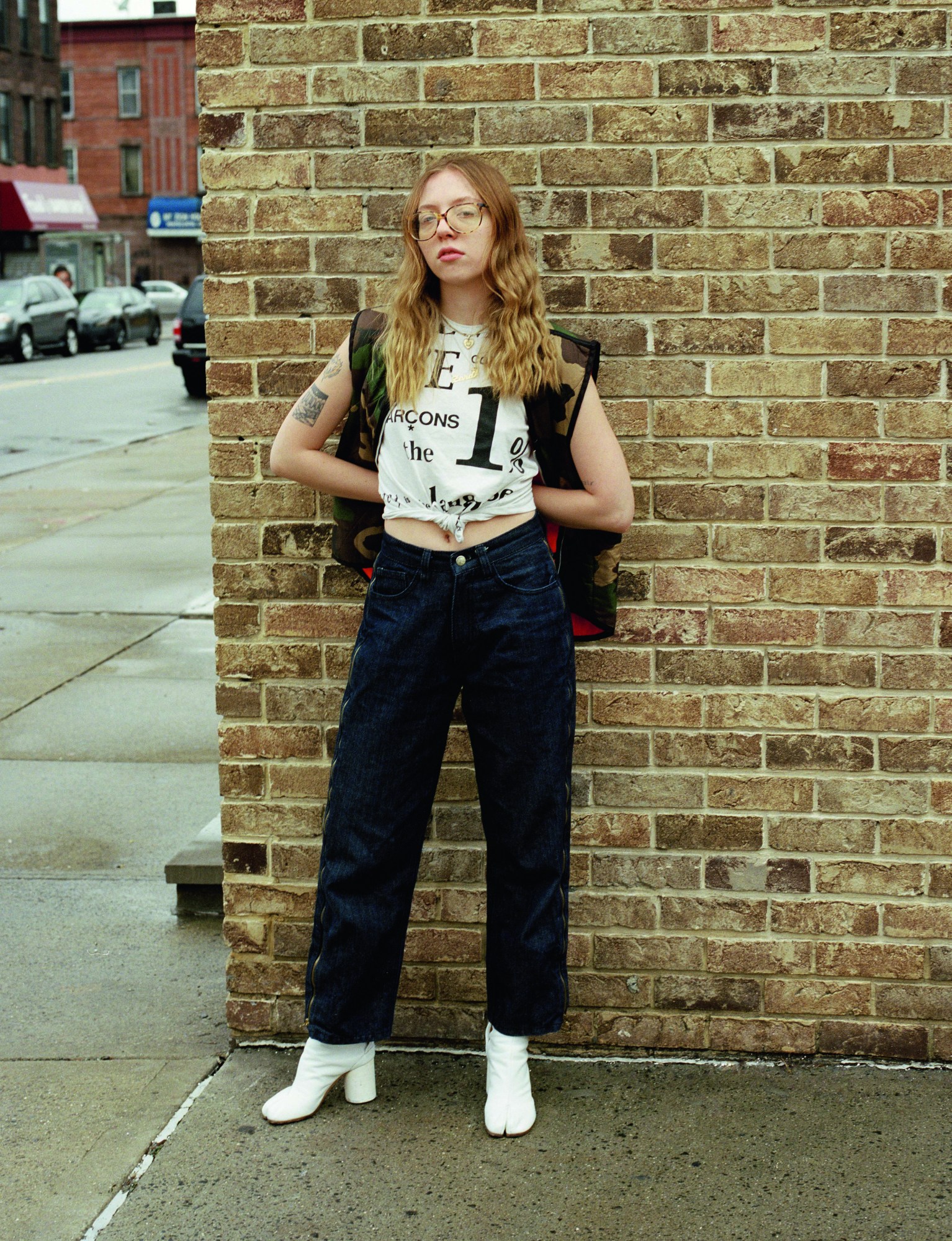
Zora Sicher
Zora was a teenage fashion photography prodigy. Picking up a camera at the tender of age of 13, she started taking pictures at school, and first reached out to i-D back in 2014 with a portfolio she’d shot of her friends in New York. With an intimate eye for documenting modern girlhood, Zora’s talent was immediately obvious and in the five years since, she’s shot everyone from Paloma Elsesser to Aaron Philip for i-D, each time capturing her subjects with subtle majesty and emotional sincerity. Now aged 24, she’s got a client list that stretches from Chloé to Pringle of Scotland, and has just released her first photobook, Progreso 110, a document of the last two years of life, where she’s been living on and off in Mexico City. “There’s a lot of creative freedom in Mexico City,” she says. “One day you could be making a music video, the next trying to get a shoot together, then going to a series of raves. The creative energy is a lot more relaxed than New York, but also full of endless possibilities!” Text Felix Petty.
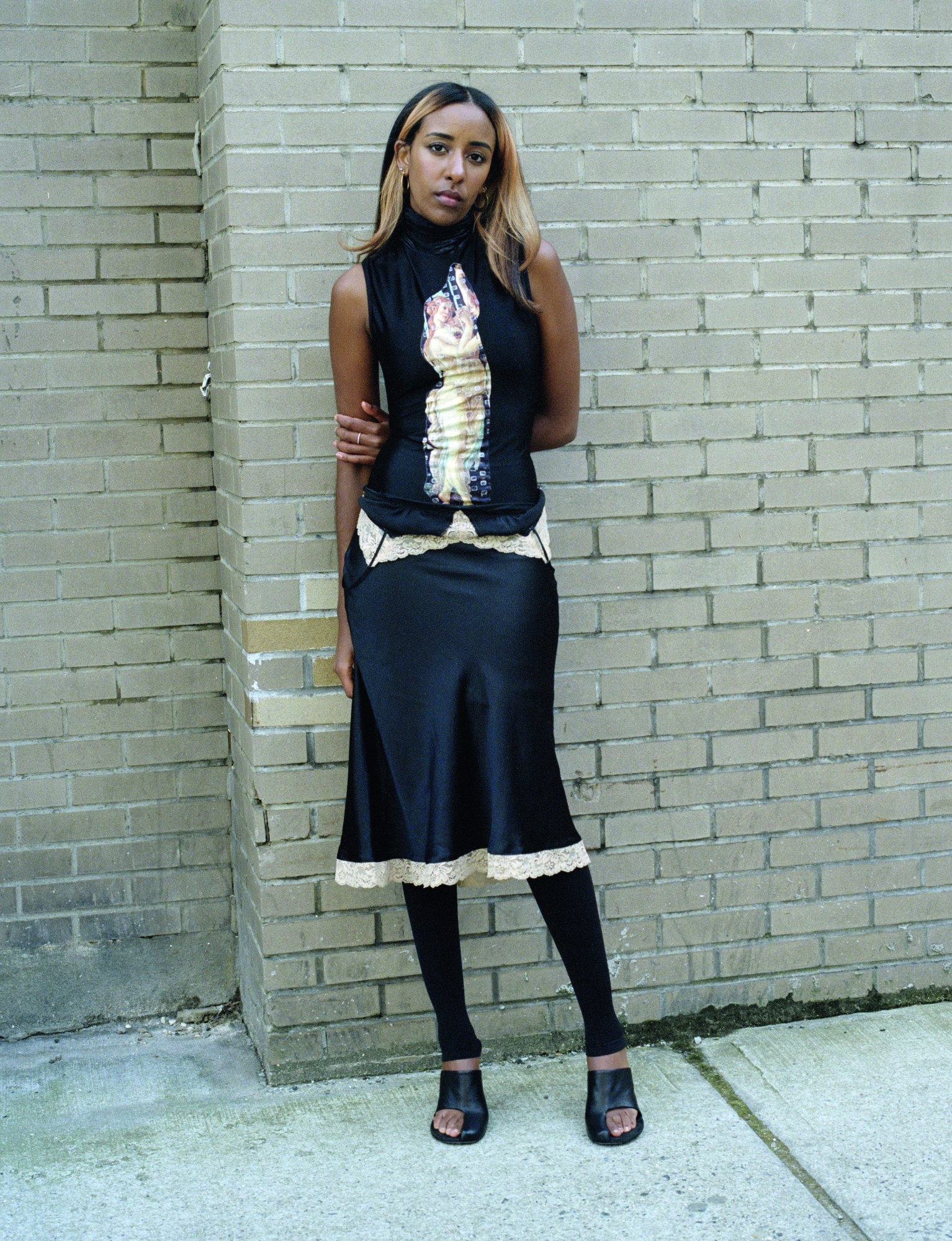
Yohana Lebasi
“As a teen, seeing images of Isabella Blow really left an impression on me. As did the work of Jean Paul Gaultier, John Galliano, Lee McQueen and Martin Margiela,” says stylist and fashion consultant Yohana Lebasi. “I had never seen anything like it and that was the beauty of it.” By age 12, Yohana knew she wanted to work in fashion and would meticulously plan inventive looks for the week ahead. After studying English literature and art history, she assisted in London and Paris, before landing a three year tenure as Associate Fashion Editor at American Vogue, learning from masters like Grace Coddington and Camilla Nickerson. Yohana now works freelance and is inspired by the beauty of human connections. “I’m a perfectionist with an open mind, so I work with equal parts precision and freedom,” she explains. “I always look for permanence and to transcend what may be a trend of the moment.” Text Nicole DeMarco.
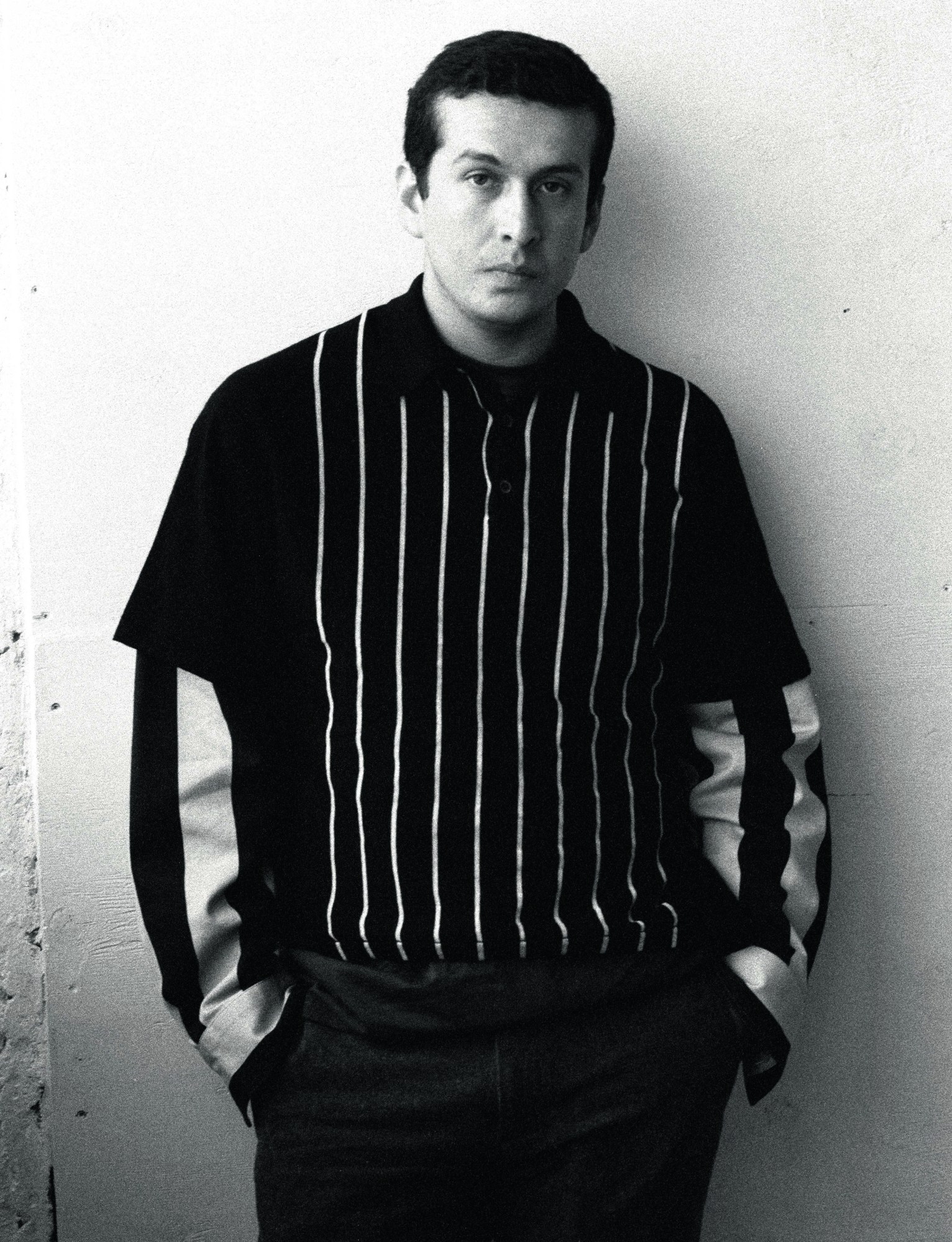
Bryan Liston
It’s a widely held misconception that to stand out in the fashion industry you have to be loud. Photographer Bryan Liston is a welcome countering of that myth, he lets his work speak for itself. “I stand out by being the quietest person in the room,” Bryan says. Bryan’s images are understated, restrained, poetic and moving. They focus on the intimate moments of everyday life that can be over-looked in fashion photography. “Beauty to me is bed-head with no make-up,” Bryan explains. “Or how someone looks right after a shower.” In a world of overkill, and over-contouring, his straightforward ideals of what’s considered beautiful are refreshing. Bryan doesn’t take himself too seriously. Asked to describe his work’s aesthetic he calls it: “A bird that flew.” We take it as a subtle reminder to let the aesthetic speak for itself. Text Roisin Lanigan.
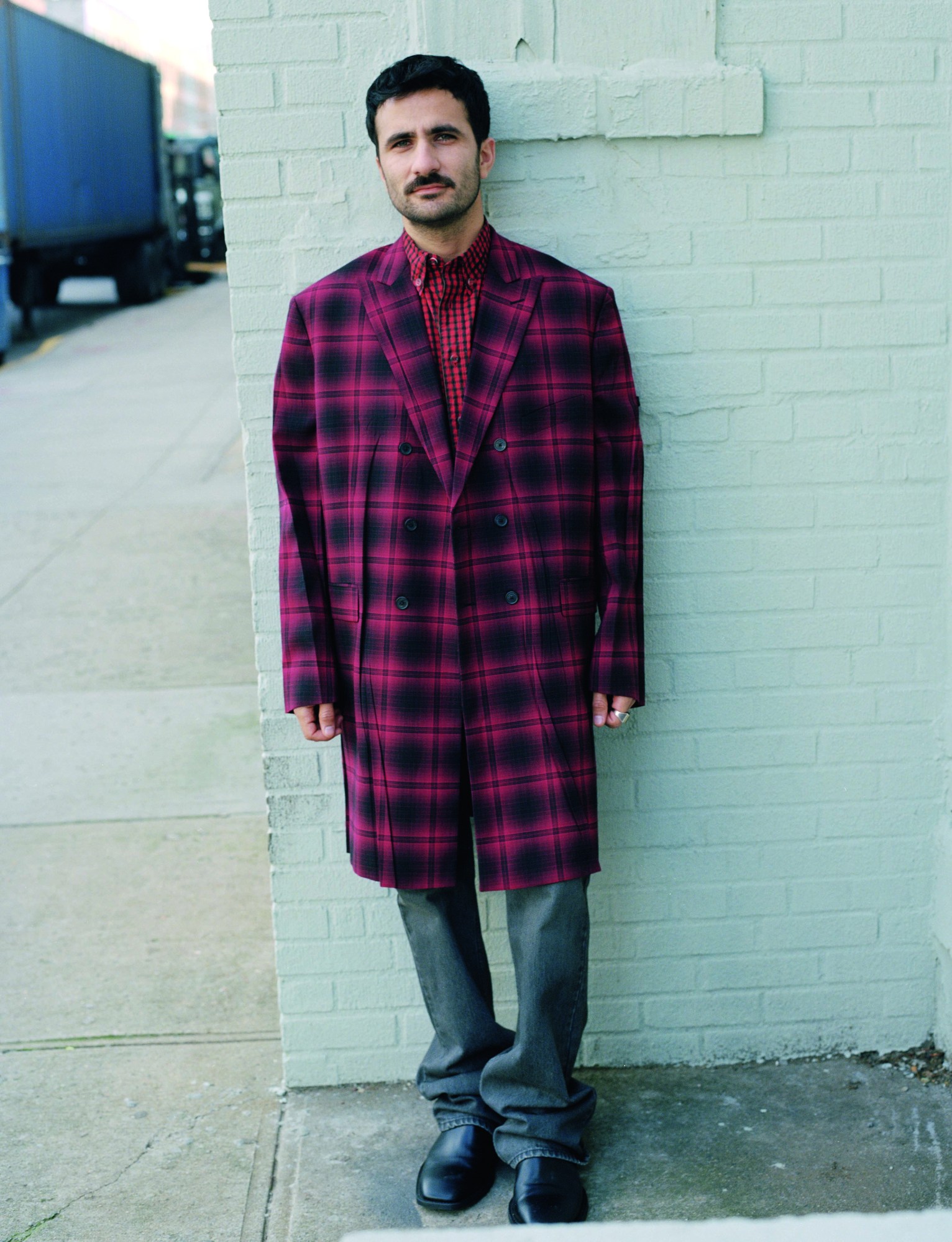
Mustafa Yanaz
Growing up, Mustafa Yanaz’s mum was a hairstylist, and as soon as he was able to walk he was underfoot in her salon. “I was always watching my mum make other people happy doing their hair,” he says. “She always had such a positive energy when she was working.” Mustafa was awarded German Hairdresser of the Year in 2013 (and again in 2014) and he brought his mum to the event, something he describes as his proudest professional moment. The Turkish artist grew up in a small diverse town in Germany. The melting pot experience has imbued Mustafa with a deep understanding of culture, and the ability to appreciate, not appropriate, different cultures in his work. In his hands hair becomes an artistic material; malleable, something that can transform a face, an image, a look. ”I love to experiment with shapes and textures,” he says. “My brain never rests. I am constantly inspired by everything I see and touch. I thrive the most when I can break rules and work without boundaries. That’s true creativity for me.” Text Roisin Lanigan.

Akeem Smith
New York based stylist Akeem Smith knows what’s good. Called upon to bottle the eternal allure of youth culture for brands including Helmut Lang, Hood by Air and Yeezy, he describes his work as “orgasmic” and attributes a lifelong love of clothes to growing up around his godmother’s dancehall atelier in Jamaica. Inspired by “family, friends and strangers”, he stands by the philosophy of “one life to live”. And while his ultimate goal remains a tight lipped secret (“I’m keeping this one private”), he is willing to share the most important lesson he’s learnt in life: “The real definition of gay is happy,” he says. Text Matthew Whitehouse.
Credits
Photography Evan Browning
Styling Yohana Lebasi
Hair Takayoshi Tsukisawa at Streeters using Bumble and bumble. Make-up Caoilfhionn Gifford using Dior Make-up. Models Matt Dolan Adams, Nick Sethi, Raul Lopez, Josh Woods, Mustafa Yanaz, Avena Gallagher, Chad Moore, Bryan Liston, Emiy Bode, Bstroy, Matt Holmes, Yohanna Lebasi, Patric Dicaprio, Bryn Taubensee and Claire Sullivan.
